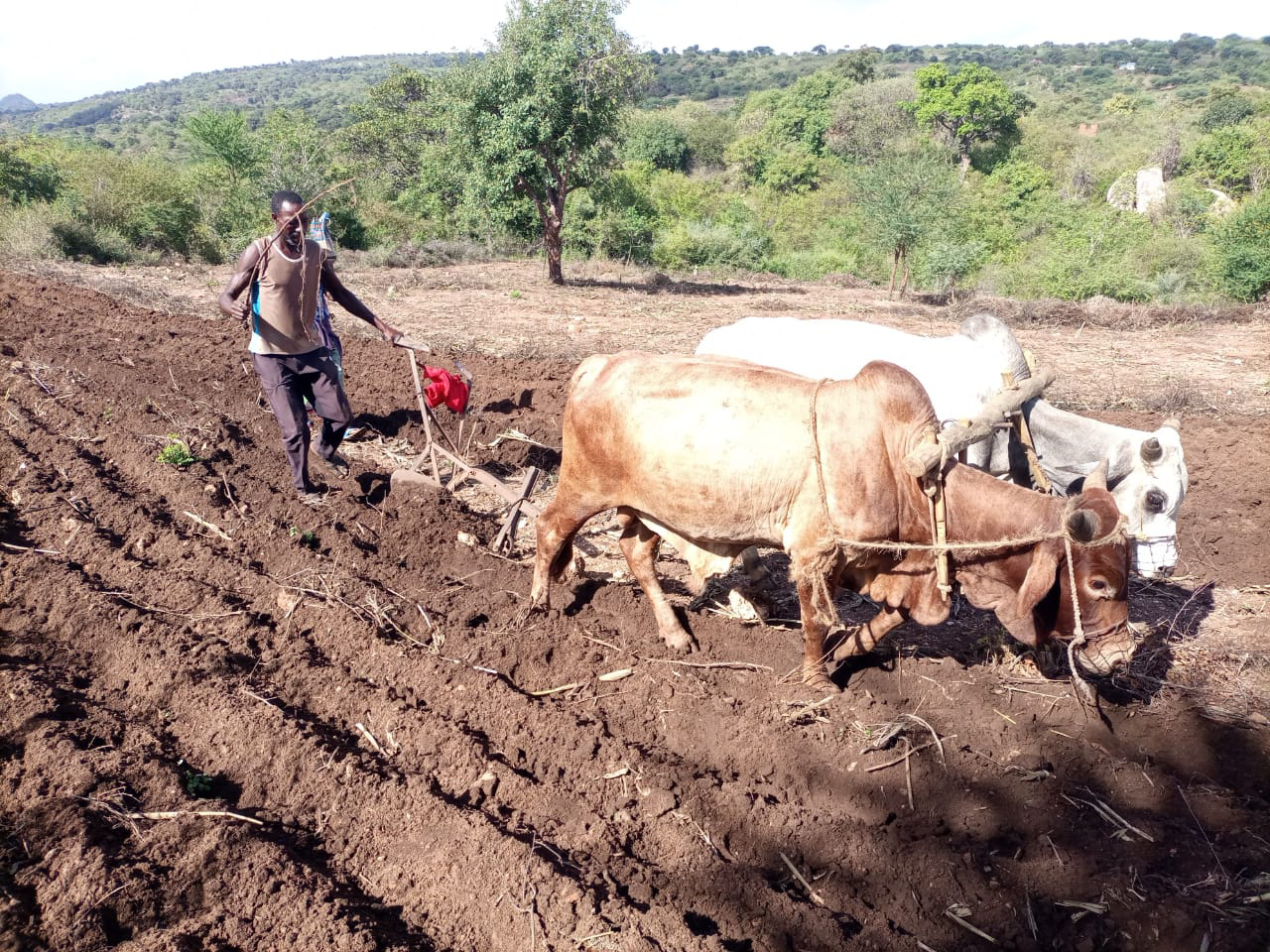Heavy rainfall is expected over several parts of Kitui County over the weekend.
"Heavy rainfall of more than 30mm in 24hrs is expected over several parts of Kitui County. The heavy rainfall is likely to intensify to more than 40mm in 24hrs spread to most areas of the county by Saturday and Sunday", read a weather advisory sent to newsrooms in part.
A farmer in Kamuwongo location, Mwingi North Sub County prepares his shamba in readiness for March-April-May rains shortly after onset.|MWINGI TIMES
The Kenya Meteorological Department forecast adds that the intensity of rains is likely to reduce on Monday April 8, 2024.
The weatherman has warned residents to be on the lookout for potential floods and flash floods.
All the 40 wards in Kitui County are likely to experience rains of varying degrees.
The above mentioned heavy rains forecast is likely to be accompanied by gusty winds, County Director of Meteorological Services Mr Daniel Mbithi said. As such, residents were warner to avoid driving through flooded areas and not taking shelter under trees and near grilled windows to minimize exposure to lightning strikes.
STORY By JOHN MUSEMBI























 MWINGI TIMES for timely and authoritative news.
MWINGI TIMES for timely and authoritative news.